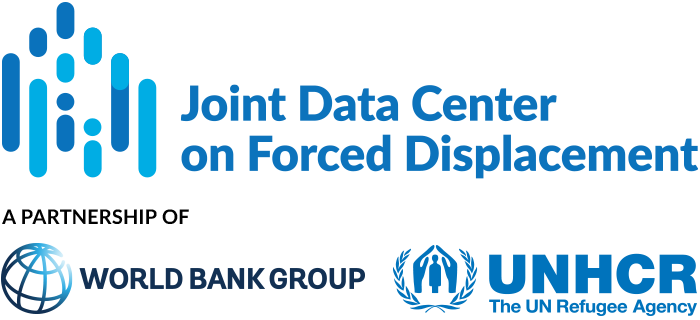Refugees in Bangladesh
Inclusion of Rohingya Refugees in the Bangladesh Multiple Indicator Cluster Survey (MICS)
In this section
Overall objectives
The main objective of this activity is to generate high-quality, nationally comparable data on the socioeconomic conditions of Rohingya refugees in Bangladesh through their inclusion in the 2025 Multiple Indicator Cluster Survey (MICS). This will be the first time that Rohingya refugees are included in Bangladesh’s national surveys. The data will cover key areas such as health, nutrition, education, child protection, water and sanitation, and human capital; with a focus on the well-being of children and women.
By aligning with the Sustainable Development Goals (SDGs) and international statistical standards, the initiative will enable evidence-based decision-making, strengthen national statistical capacity, and support effective planning by the Government of Bangladesh, UNHCR, UNICEF, and other partners.
Activity description
The refugee component of the MICS will follow established survey standards while incorporating guidance from the Expert Group on Refugee, IDP, and Statelessness Statistics (EGRISS). A two-stage cluster sampling design will be used to select 1,740 refugee households — 940 in Cox’s Bazar and 800 in Bhasan Char. Questionnaires will be adapted to the refugee context, translated into Bangla and Burmese, and field-tested before implementation.
Enumerators will receive specialized training for working in camp environments. Quality assurance measures will include real-time monitoring, back-checks, and oversight by multi-stakeholder technical committees. Data collection is expected to last four months and will include household demographics, anthropometric measurements, blood and water testing, and assessments for heavy metal contamination.
Engagement with partners
Consultations and joint activities on the refugee component of the MICS will be conducted with external partners, including UNFPA, other UN agencies, and the Inter-Sectoral Coordination Group (ISCG). Regular consultations will be held to ensure a coordinated and comprehensive approach. Additional workshops and seminars may be organized to engage development partners, government ministries, and coordination bodies throughout the process.
Background and Context
As of 31 December 2024, Bangladesh hosts approximately one million registered Rohingya refugees, most of whom fled from Myanmar’s Rakhine State during the mass displacement in August 2017 — one of the largest forced movements in the region in decades. The majority reside in 33 camps in Cox’s Bazar, while around 36,000 have been relocated to Bhasan Char. While the Government of Bangladesh has demonstrated exceptional humanitarian commitment, the refugees’ legal status remains temporary, restricting their freedom of movement and access to formal employment.
Despite the protracted nature of this displacement, there remains a significant data gap on the socioeconomic conditions of Rohingya refugees, particularly in comparison to national benchmarks. Localized efforts such as the Cox’s Bazar Panel Survey (CBPS) offer important insights but lack the national scope and methodological alignment required for broader comparability and policy relevance. The inclusion of refugees in the 2025 MICS represents a critical step toward integrating their data into national systems. It will help fill key knowledge gaps, support SDG-aligned policymaking, and guide targeted humanitarian and development interventions.
Contact
For further details on this activity, please contact:
Felix Schmieding, JDC Focal Point, [email protected]
Additional resources
More activities
Internally displaced people in Mali
Inclusion of internally displaced people in the Mali Household Living Conditions Survey.
Refugees and Internally Displaced People in Cameroon
Inclusion of refugees and internally displaced persons in the 2023 Cameroon Population and Housing census.
Internally displaced people in the Central African Republic
Developing a new module for internally displaced people in the national Harmonized Household Living Conditions Survey.


